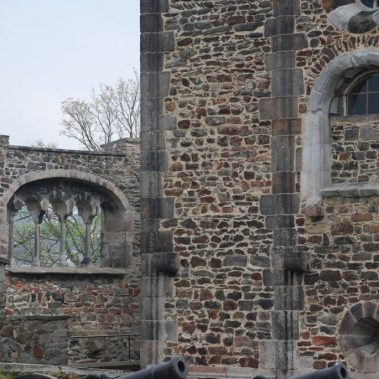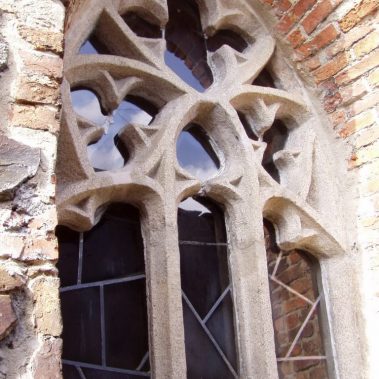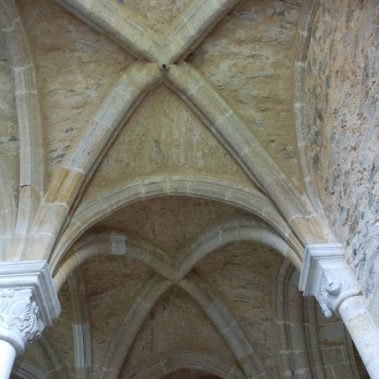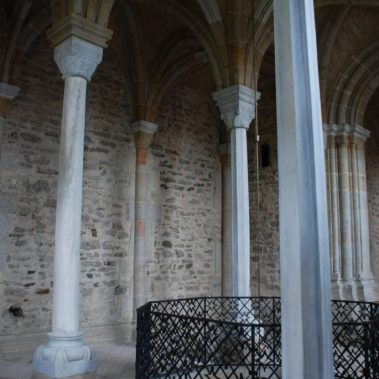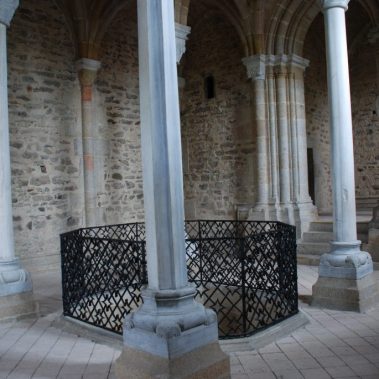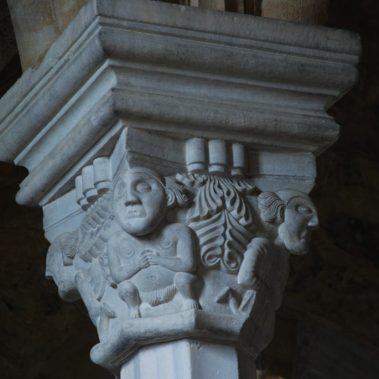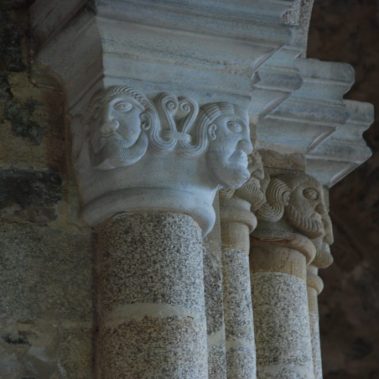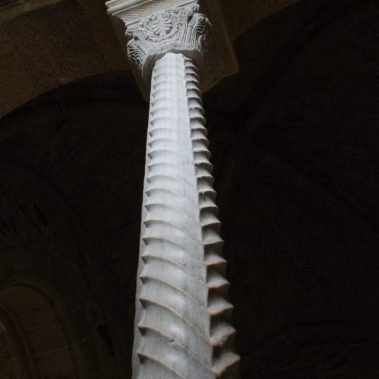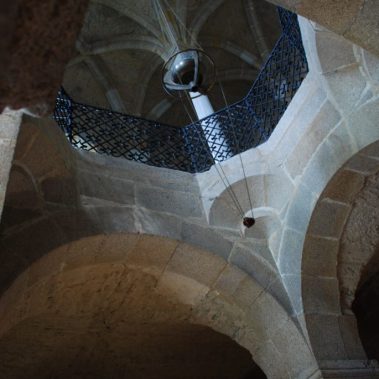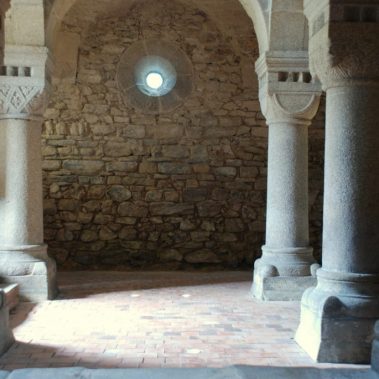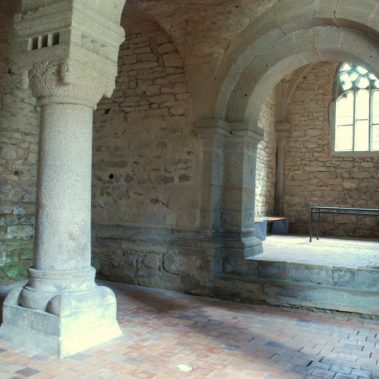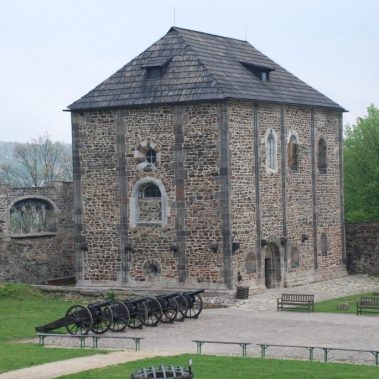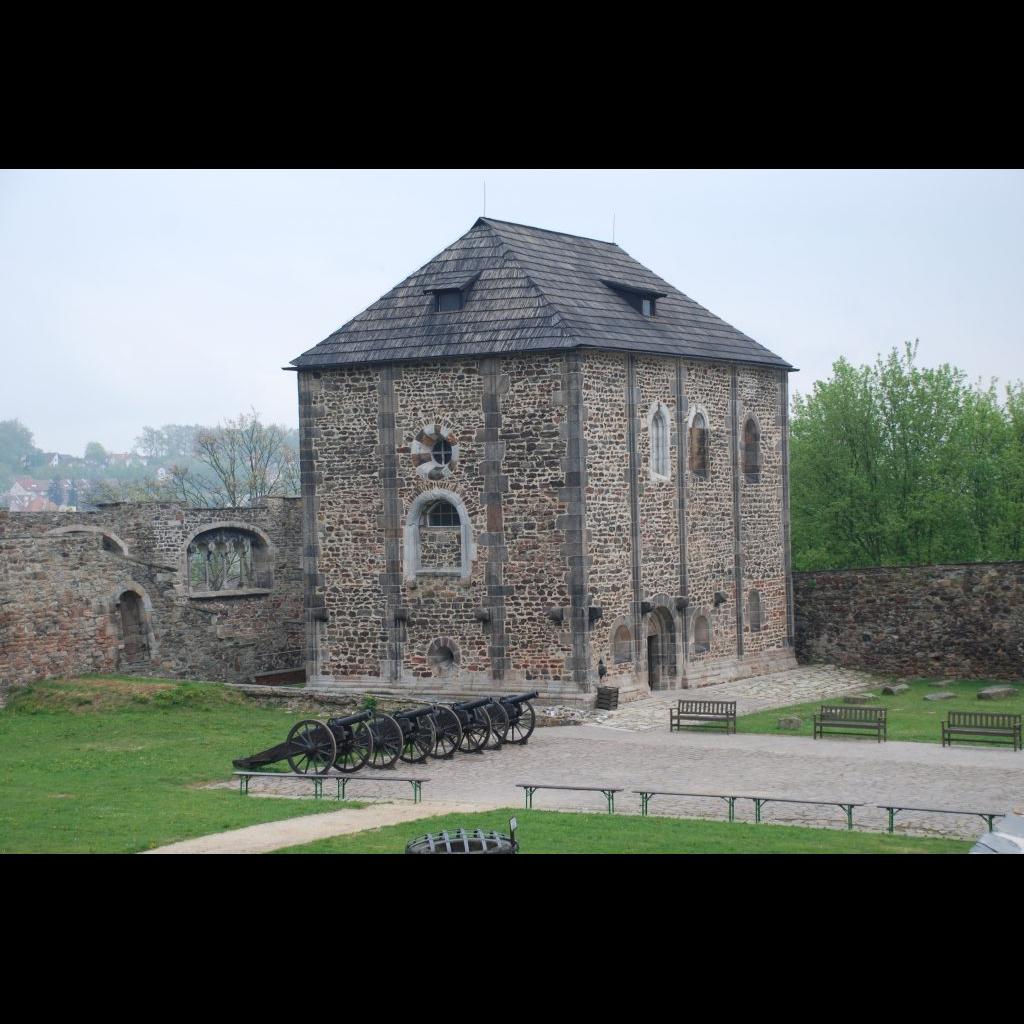
Address:
Dobrovského 2062/21, 350 02 Cheb, Czech Republic
Client:
City of Cheb
Description of the work:
Restoration works
Realization:
2000–2003
A complete restoration survey took place between 2000 and 2003, with the participation of a number of experts from several specialist organizations. Based on the findings of the survey a detailed blueprint for the restoration work was drawn up. Some restoration was carried out on the exterior, but the bulk of the work was done in the interior of both the lower and the upper chapel. The task of devising and implementing measures to lower the damaging levels of dampness in the lower chapel constituted a challenging part of our staff’s restoration remit.
Due to the exceptional historic significance of the Romanesque chapel, experts from many fields took part in the extensive surveys. Archaeological research carried out in 1997 and 1998 by the Cheb museum under the leadership of Dr Petr Šebesta and subsequent archaeological research in the Chapel of St Martin undertaken in 2000 constituted a platform for the current investigations.
Extensive petrographic examinations of the building stone materials and the plasters, as well as evaluation of silicate analysis of the historic plastering, measuring of the salinity of the stone and microscopic examination of sample fragments of the original colour palette were all carried out. Thanks to expert evaluation, the composition of the old mortars was also established. All the gathered information enabled the restorers to select the most suitable materials, which would fulfil the exacting quality requirements of the renovations. Where some specific original building components were beyond repair, petrographic analysis helped to locate available current sources of materials most appropriate for the manufacture of copies.
In order to select the best method of stone conservation, the levels of salinity had to be established. Concentrations of three salts (sulphate, chloride and nitrate) were examined and their levels were found not to be dangerous, with the exception of those present in the floor flagstones.
The collated results of the examination formed the basis for a detailed restoration proposal.














